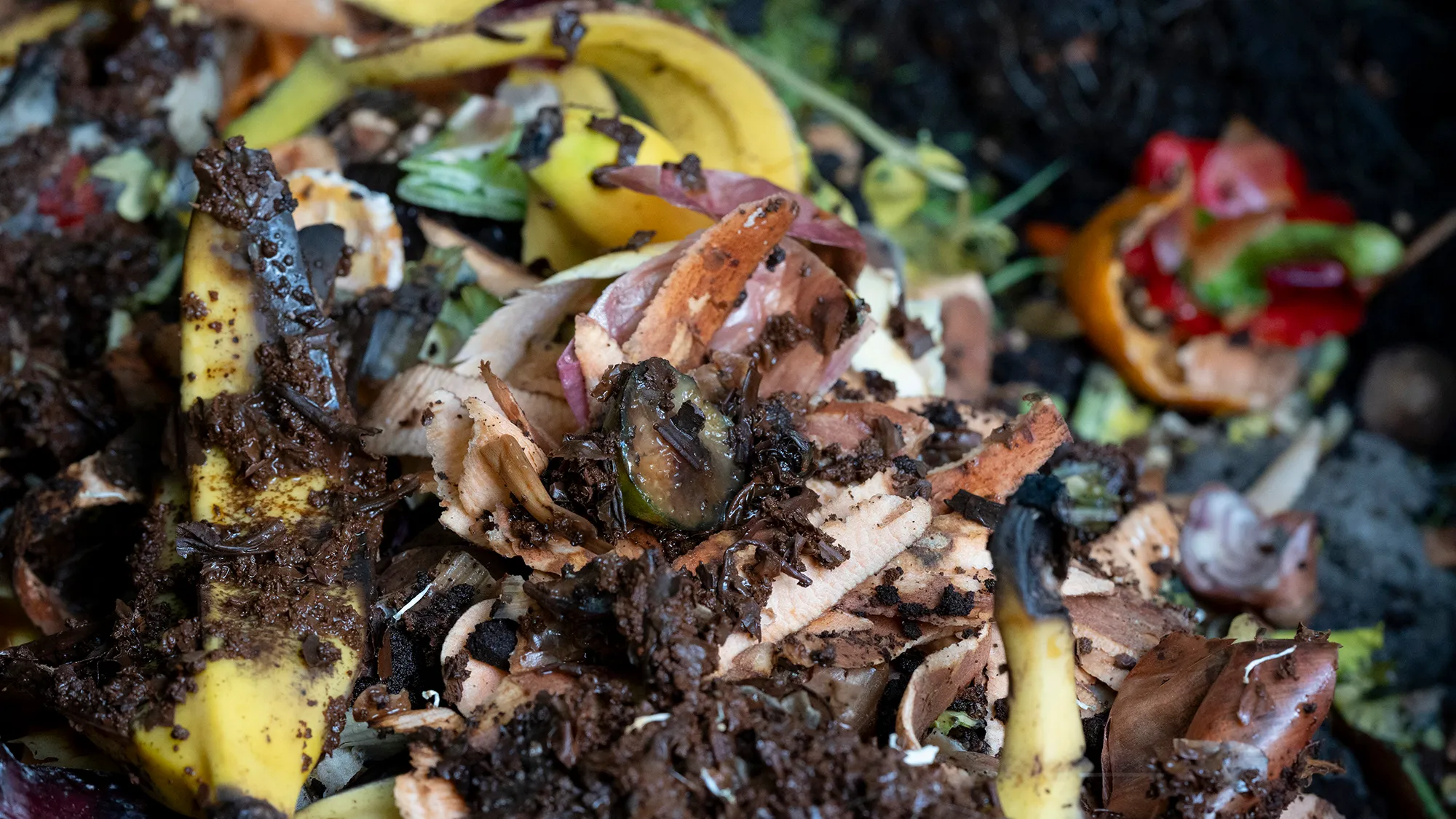
The US wants to cut food waste in half. Were not even close.
www.popsci.com
Macro view of organic fruit and veg food waste decomposing inside a domestic garden compost bin Credit: Richard Baker / In Pictures via Getty ImagesShareThis story was originally published byGrist. Sign up for Gristsweekly newsletter here.The United States is nowhere near its goal of cutting food waste in half by 2030, according to new analysis from the University of California, Davis.In September 2015, the U.S. set an ambitious target of reducing its food loss and waste by 50 percent. The idea was to reduce the amount of food that ends up in landfills, where it emitsgreenhouse gasesas it decomposes, a major factor contributing to climate change.Researchers at UC Davis looked at state policies across the country and estimated how much food waste each state was likely reducing in 2022. They found that, without more work being done at the federal level, no state is on track to achieve the national waste reduction goal.Researchers calculated that, even when taking reduction measures into account, the U.S. still generates about 328 pounds of food waste per person annually which is also how much waste was being generated per person in 2016, shortly after the EPA and the U.S. Department of Agriculture announced the waste-cutting goal.These figures indicate that even our best strategies for eliminating waste arent enough to meet our goals, said Sarah Kakadellis, lead author of the studypublished in Naturethis month.In order to assess how the U.S. is doing to meet its food waste reduction goals, Kakadellis and her team used both publicly available data (from ReFED, a nonprofit thatmonitors food waste in the U.S.) and estimates based on the current policy landscape.The studys findings were not surprising given the absence of federal policy governing food waste, said Lori Leonard, chair of the Department of Global Development at Cornell University. People are trying to do what they can at state and municipal levels, she said. But we really need national leadership on this issue.Kakadellis suggests that a path forward will also necessitate shifting the way consumers think about certain waste management strategies like composting.Composting turns organic material, like food scraps, into a nutrient-rich mixture that can be used to fertilize new plants and crops. It can be considered a form of recycling food, although its end product technically cannot be eaten. This important detail means consumers must learn to view composting, despite its potential environmental benefits, as a form of food waste, says Kakadellis.Its really thinking about the best use of food, which is to eat it, she said.Although its been touted as a great alternative to chucking your moldy bananas in the trash, composting is indeed classified as a form of food waste by the United Nations and the European Union. In 2021, the EPA updated its definition of food waste to include composting and anaerobic digestion both of which can take inputs like uneaten food and turn them into fertilizer or biogas, respectively.In updating its guidance, the EPA published a food waste hierarchy which shows the best way to reduce food waste is to prevent it. This includes things like adding accurate date-labels to food products, so consumers arent confused about when something theyve purchased has gone bad or is no longer safe to eat. Its also preferable to find another use for unsold or uneaten food like donating it to food banks or integrating into animal feed, where it can be used to raise livestock (assuming that livestock will also eventually feed humans).Composting will always have a role to play in diverting food waste from landfills because those operations can accept spoiled or rotten food, which food banks, for example, cannot. Its not an either/or. They have to go hand in hand, said Kakadellis. But were skipping all these other steps and were going straight to the recycling too often.Leonard agrees, pointing out the high costs associated with ensuring the nations sprawling, complex food system runs smoothly: from the farm where crops are harvested to the trucks and cold storage that handle packaged goods. Theres a tremendous amount of energy thats gone into producing that food, she said. We dont do that to create compost. You know, we do that to feed people.Composting, of course, serves more than one purpose and has environmental benefits beyond lowering food loss and waste. For example, it replenishes soils. But Leonard notes that if more work were done on the prevention side like, making sure farms arent overproducing food then soils wouldnt be so depleted in the first place and wouldnt need so much remediation.Both Leonard and Kakadellis emphasize that no one tool for avoiding sending food to landfills should be off the table. Leonard, who previously worked with the New York State Department of Environmental Conservation, once did research on organics bans in other states.I asked them if they were encouraging businesses or households to move up the EPA hierarchy and find other, better uses for their food scraps? And they said, no, no. What were really trying to do is just get people to do anything on the hierarchy. That includes composting.Until there are more options for both pre- and post-consumer food waste, composting may be the best, most accessible option for many people. It is the easiest thing to do, said Leonard. And its probably the safest thing to do until we have better protocols in place.This article originally appeared in Grist at https://grist.org/food-and-agriculture/the-us-wants-cut-food-waste-in-half-were-not-even-close/.Grist is a nonprofit, independent media organization dedicated to telling stories of climate solutions and a just future. Learn more at Grist.org
0 Comments
·0 Shares
·33 Views


